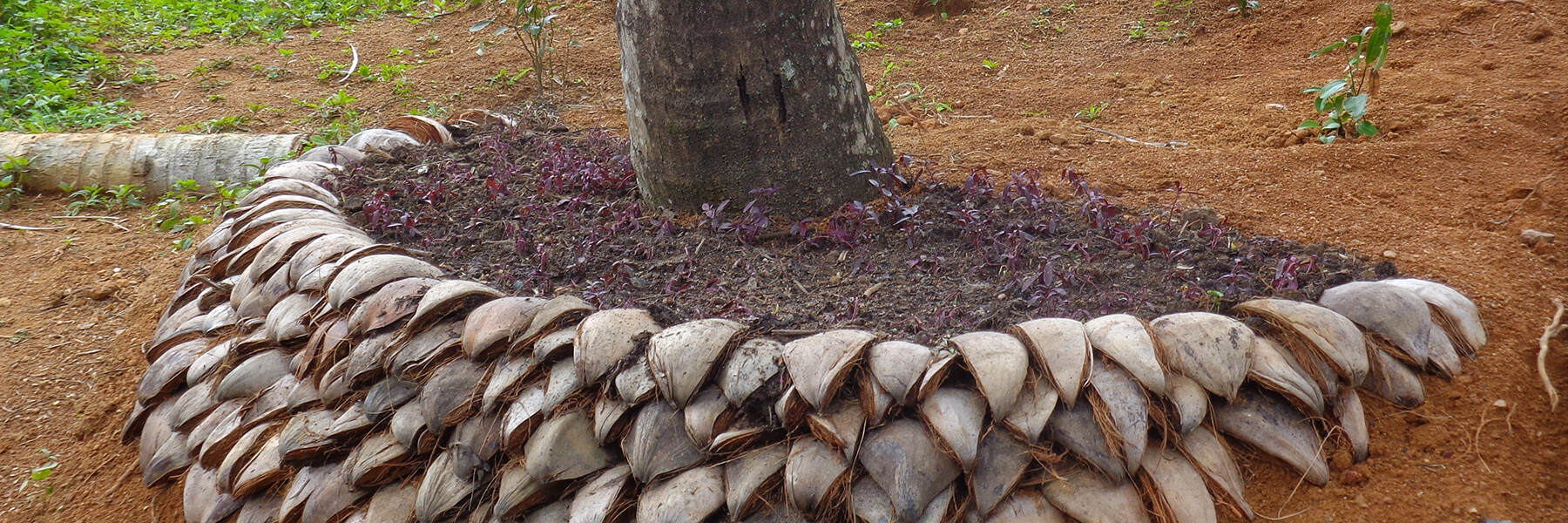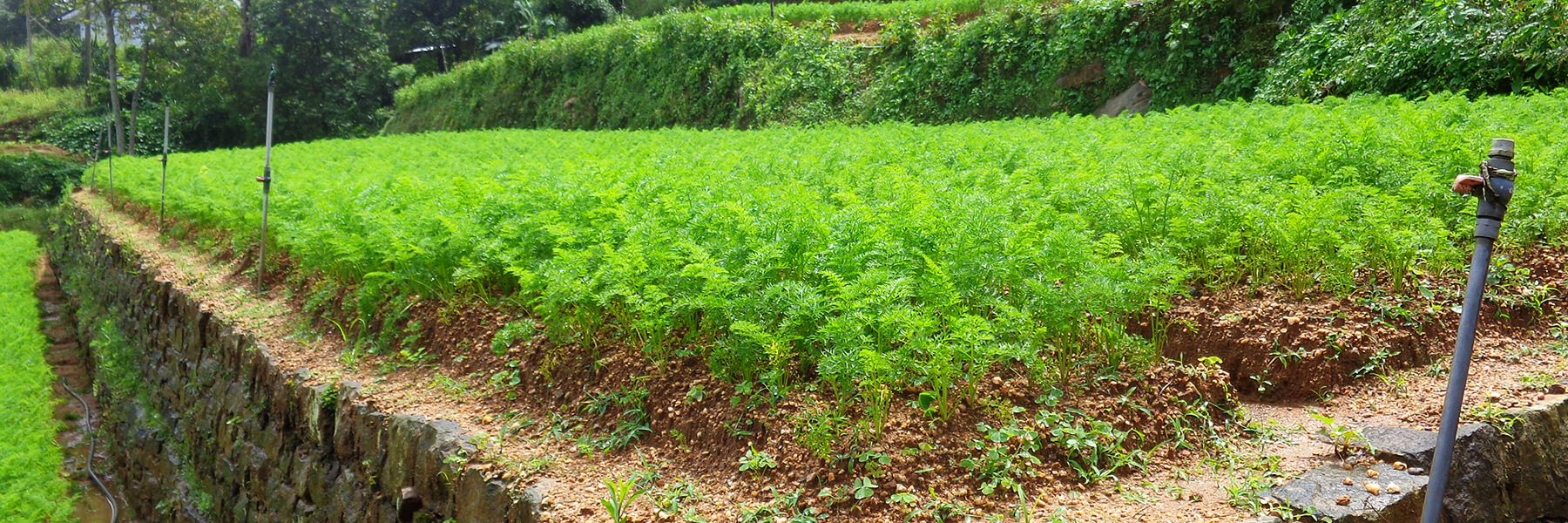SLM is the use and management of land resources – soil, water, animals and plants – for the production of goods to meet changing human needs while ensuring the long-term productive potential of these resources and maintenance of environmental functions.
United Nations Convention to Combat Desertification (UNCCD) identifies The World Overview of Conservation Approaches and Technologies (WOCAT) as the primary recommended global database on sustainable land management.
WOCAT provides standardized, user-driven, open-access, globally-used tools and methods for the documentation and assessment of sustainable land management (SLM) practices. WOCAT focuses on efforts to prevent and reduce land degradation and restore degraded land through improved land management technologies and approaches.
In Sri Lankan context, government agencies, private sector, and other technical agencies are involved in development and dissemination of SLM technologies and SLM approaches. There are many best cases of sustainable use of land resources – including soils, water, vegetation, and animals.
SRICAT is partnered with WOCAT to document and assess such sustainable land management practices and make available to disseminate SLM knowledge and improve decision-making for further implementation and spreading of SLM practices.
The WOCAT defines SLM Technologies and Approaches as follows.
SLM Technologies
“SLM Technology is a physical practice in the field that controls land degradation and/ or enhances productivity. A technology consists of one or several measures, such as agronomic, vegetative, structural, and management measures.”
View SLM Technologies
SLM Approaches
An SLM Approach defines the ways and means used to implement one or several SLM Technologies. It includes technical and material support, involvement and roles of different stakeholders, etc. An Approach can refer to a project/program or to activities initiated by land users themselves.




